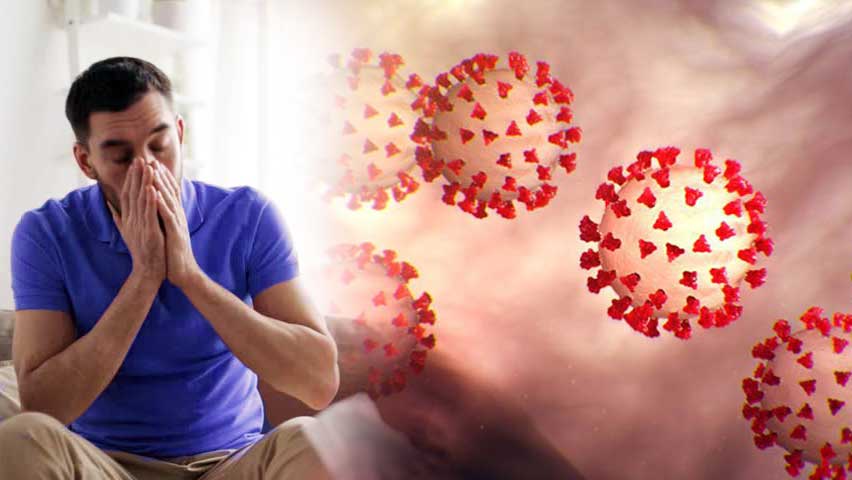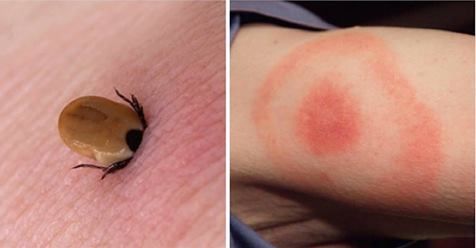A number of teens in the United States engage in sexting and transmit sexually explicit images on their electronic devices, most often smartphones. A new study set out to determine whether sexting increased the likelihood of teens becoming sexually active. The study was published online on October 6 in the journal Pediatrics by researchers in the Department of Obstetrics and Gynecology, University of Texas Medical Branch Health, Galveston, Texas.
The investigators assessed the relationship over time of the transition of sexting to sexual intercourse. They examined both the role of active sexting (i.e., transmitting a nude picture) and passive sexting (asking or being asked for a nude picture) in regard to sexual activity.
The researchers reviewed data from two waves: Wave 2 (spring 2011) and Wave 3 (spring 2012) were components of an ongoing six-year longitudinal (over time) study of high school students in southeast Texas. The students comprised 964 ethnically diverse adolescents with an average age of 16.09 years (56% female; 31% African American, 29% Caucasian, 28% Hispanic, and 12% other). The percentage of students who received follow-up evaluation was 93%. The subjects self-reported their sexual activity (intercourse, risky sex) and sexting (sent, asked, been asked). Via statistical analysis, the investigators assessed whether teen sexting at baseline predicted sexual behavior at one-year follow-up and whether active sexting facilitated the relationship between passive sexting and sexual behavior.
The study authors found that the odds of being sexually active at Wave 3 were 1.32 times greater for teens who sent a sext at Wave 2, compared to those who did not. However, sexting was not associated over time with risky sexual behaviors. In agreement with their premise, active sexting at Wave 2 facilitated the relationship between asking or being asked for a sext and having sex over the next year.
The investigators concluded that their study adds to the medical literature regarding sexting. Furthermore, it supports the concept that sexting increases the likelihood of teens becoming sexually active.
Take home message:
At present, almost every teen has many ways to get online (i.e., smartphones, tablets, and laptops), all of which can be used in private. It is very easy for teens to create and share personal photos and videos of themselves without their parents knowing about it. Sharing photos can be a positive way to interact with friends; however, when the photos are sexually explicit, a teen’s reputation can be significantly harmed. Even if the image, video, or text was only meant for one person, once it has been sent or posted, it is out of your teen’s control. The images could be viewed by many individuals, and it could be impossible to erase from the Internet, even after your teen thinks it has been deleted.
Any type of photo, video, or message that shows someone doing or saying something embarrassing or offensive can be damaging to a reputation. However, this is especially true if there is nudity, sex, or sexually suggestive content involved. Thus, sexting has the potential to haunt a teen for the rest of his or her life.



